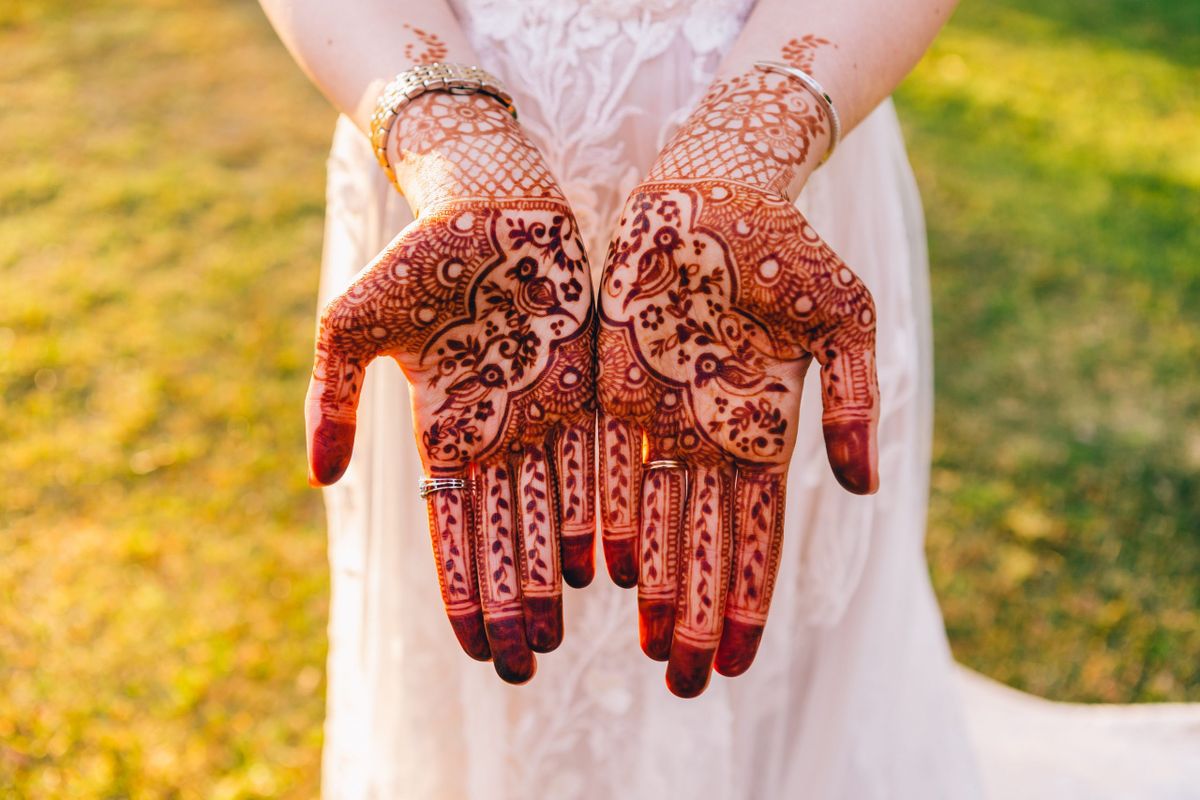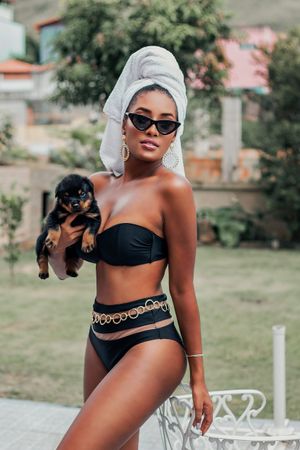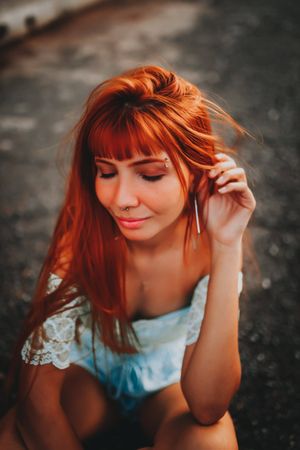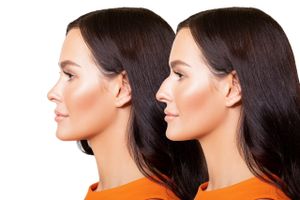Henna tattoo have been used to conceive exquisite, short-lived body art in cultures around the world for millennia. For many people, committing to a permanent tattoo seems intimidating and inalterable. However, henna tattoos offer a safe, alternative, and painless way of decorating your body.
Popular for centuries in the Middle East, South Asia, and Africa, henna tattoos are now a popular trend in the west. Known for its intricate design patterns and symbolic meanings, henna tattoos are generally steeped in tradition and culture. From being used as ceremonial pre-wedding bridal preparations in countries like India and Pakistan to symbolizing peace and happiness in Iran, and to warding off evil from the couple before their wedding in Yemen, the concept of adorning one’s body with henna art is considered a deeply sacrosanct ritual for many civilizations. For others, it’s a really trendy way of adorning one’s body and looking hip and cool in the bargain.
What is Henna Tattoo?
The phrase “henna tattoo” is just a marketing term and a misnomer. There is no piercing involved, nor the pain of any sort. The term “henna” is derived from the Arabic word “hinnaa.” Henna is made from leaves that are dried and crushed to release lawsone, a staining agent. When mixed with water or lime juice to make a paste, the lawsone from the henna leaves will settle into the outer layer of the skin, creating a stain. Depending on the tradition, besides water, strong tea and sugar or molasses are mixed with the henna powder and then made to sit from anywhere between 2 hours to a day before applying. This ensures that the lawsone activates and can be used for dyeing.
Henna Application
Henna designs are generally enacted on the hands (back and front) as well as the fingers, lower to upper arms, feet and sometimes the lower back.
Henna is applied in a number of ways, and artists sometimes use a slender twig or an ultra-thin stick like a toothpick for intricate lines and designs. Henna can be applied through a cone filled with paste similar to the ones used to pipe icing. A syringe is sometimes used if the paste is thin and runny.
Caring for Your Henna Tattoo
Once applied, the color from a henna tattoo starts catching immediately. However, the longer it is left on (usually 3 to 6 hours) the stronger the final color will be and the longer it will last before fading away. To avoid the henna paste from drying up and falling prematurely, a thick sugar syrup is sometimes applied to keep it from flaking.
When you get your henna application, try to avoid using water to wash away the residue, and instead apply a thin layer of oil to loosen the dry paste, and then wipe it away.
Tip: Cooking oil works just as well as any other.
Henna stains are typically orange when the paste is first scraped off, but darkens over the next few days to a deep reddish-brown. Soles and palms have the thickest layer of skin and so take up the most lawsone, and bring the color to its deepest tone. Therefore, hands and feet are the best places for eye-catching henna tattoos. In some cultures, heating the design by steaming helps darken the end result.
Fun fact: It is also believed that the darker a new brides’ henna turns out, the more successful her marriage will be.
How Long do Henna Tattoos Last?
Henna tattoos generally last for about 2 weeks to a month depending on the time one’s body exfoliates. Avoid water, chemicals and bleaching agents as they can accelerate the fading process. Applying a thin layer of natural oil like coconut or olive will moisturize your skin and help prevent water damage and prolong the staining.
Is Henna Harmful?
Natural henna is safe and does not have any side effects when used on the skin or hair. However, there is a long list of do’s and don’ts to go through as many manufacturers add chemicals and preservatives to enhance the color and shelf life.
Unfortunately, henna paste does not have a long shelf life and normally lasts up to a week at maximum. It can be frozen for up to 4 months, but many artists advise against doing that. Powdered fresh henna, unlike pre-mixed pastes, can be easily shipped all over the world and stored for many years in a well-sealed package.
If you go that route, check the color first. It should be a sludgy green or khaki in tone. This type of henna leaves an orange-brown to chocolate brown color when applied. Anything else has added artificial color which may be harmful to your skin.
Important Tip: Avoid “Black Henna” at all costs. It will stain your skin black instead of brown and can cause minor irritation, to full-scale burns. This type of henna is dangerous because it contains paraphenylenediamine (PPD), a hair dye. When applied to your skin, it may look like a real tattoo, but allergic reactions to PPD can cause blisters, open sores, and scarring. Be sure to check and double-check with your henna artist, before application.
If you want a black henna-like temporary tattoo, opt for Jaguar Gel made from the juice of the jagua fruit. It is a blue-black color and it works just like a natural dye.
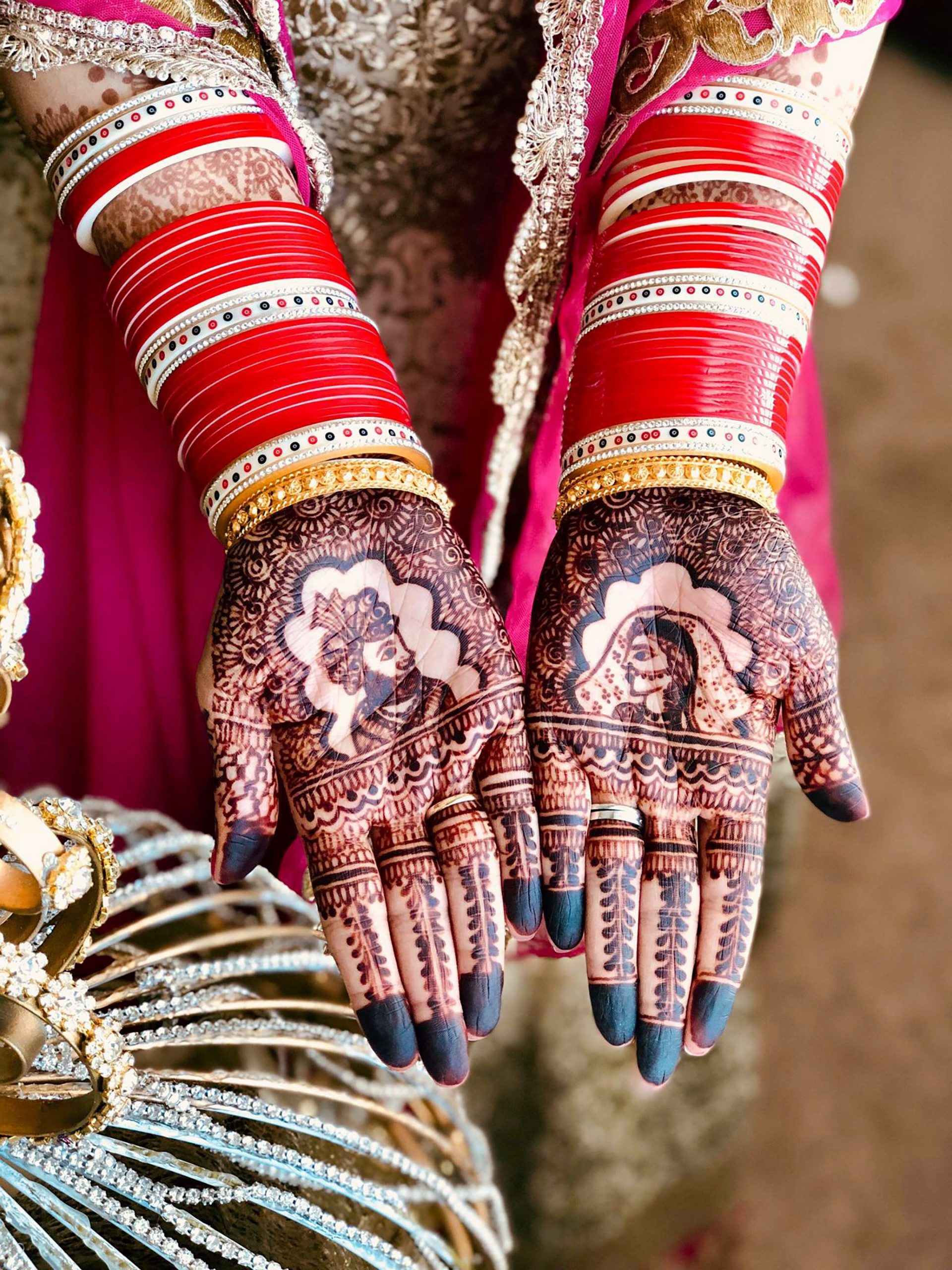
Do’s
- Ask your artist how long you should leave the henna paste on. If the answer is less than an hour, the henna likely has PPT, industrial dyes or petroleum based products in them. Natural henna will take a minimum of three hours to stain properly.
- Ask what color the tattoo will come off as. If they say black, then you know it has PPT in it.
- Smell the henna paste. Real henna smells fresh like natural wet grass or hay. If it smells like hair dye or gasoline, you know it’s artificial.
- Try to pick a certified ICNHA artist to ensure you get someone who can recognize and knows about the dangers of imitation products. There is a list of them here.
Don’ts
- Don’t buy ready-made henna paste off the shelf. They are often falsely labeled with claims of “natural” or “no chemicals”. Actual henna paste cannot be shipped overseas without perishing.
- Don’t be in a hurry and choose “instant” henna.
- Don’t be fooled by “black” or “colored” henna. Natural Henna will be a variation of brown and that’s it.
Types of Henna Tattoos
Due to Henna being around since ancient times, the lines between classifying henna designs have become obscure and overlapping. The easiest way to view henna designs are by breaking them into two types.

- Traditional
- Subcontinental (Indian/Pakistani/Bangladeshi.) – These designs tend to be more flowery and curvy. The artistry is organic with flowers, peacocks and paisleys thrown in. There are Arabic influences added to subcontinental henna designs, with a lot of open spaces and a mixture of varying thickness of straight lines.
- Moroccon. – These designs are geometrical and encompassing. Normally, straight lines play a major part but will have flowers, leaves and curves thrown in. Moroccan designs also contain a lot of very powerful symbols of protection and fertility and also to keep the evil eye away.
- Modern
- Portraits. – Generally depicting newly weds, this genre of design also consists of religious Hindu figures, animals, birds and cartoon characters.
- Objects. Variations of dream catchers, half moons, old fashioned compasses and many more.
- Script. More of a modern tattoo-isque trend, some customers prefer to have their favourite quote or names in script.
Learning the Art of Henna Tattoo
Henna is one of those age-old art forms cultivated mostly among women. The advantage of learning henna art is that it’s not permanent, and there is always plenty of room to ‘practice till perfect.’
Find yourself a good henna tattoos kit, and take the plunge. If you’re artistically inclined, you’ll find the process easier, and also rewarding. You can practice on friends during a fun girl’s night in, or just on yourself.
Henna kits can be ordered online and come complete with stencils. Instagram has some amazing tattoo designs to be downloaded and replicated. Youtube is loaded with DIY henna tattoo videos for beginners, and there are many sites online that offer introductory courses if you’re thinking of going pro.
Remember though, Henna application from process to result is a fun experience steeped in feminine tradition. It’s girly, it’s gorgeous, and glamorous too, so take the plunge and make a great memory.

